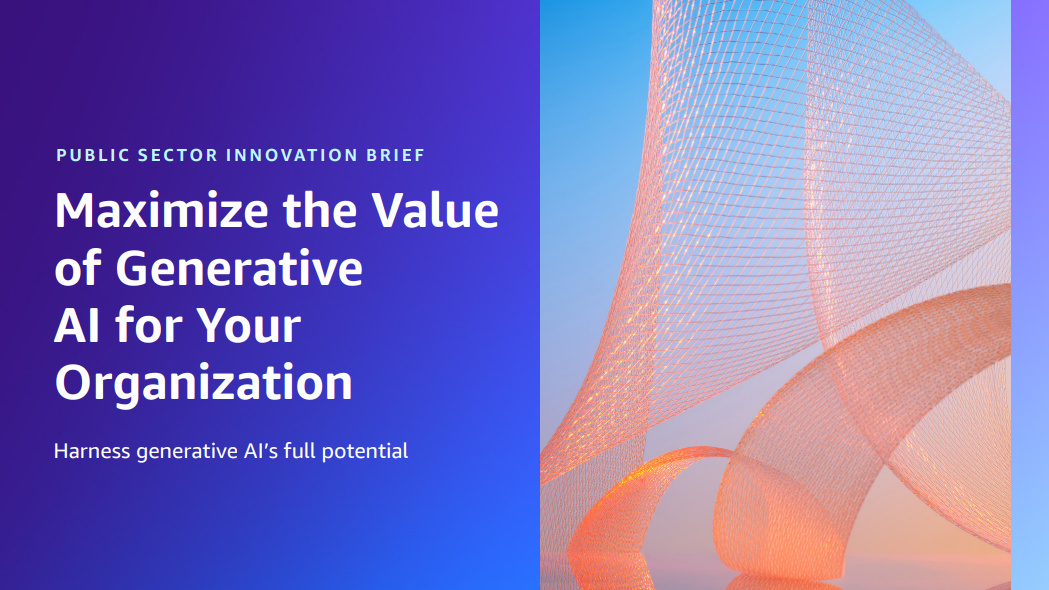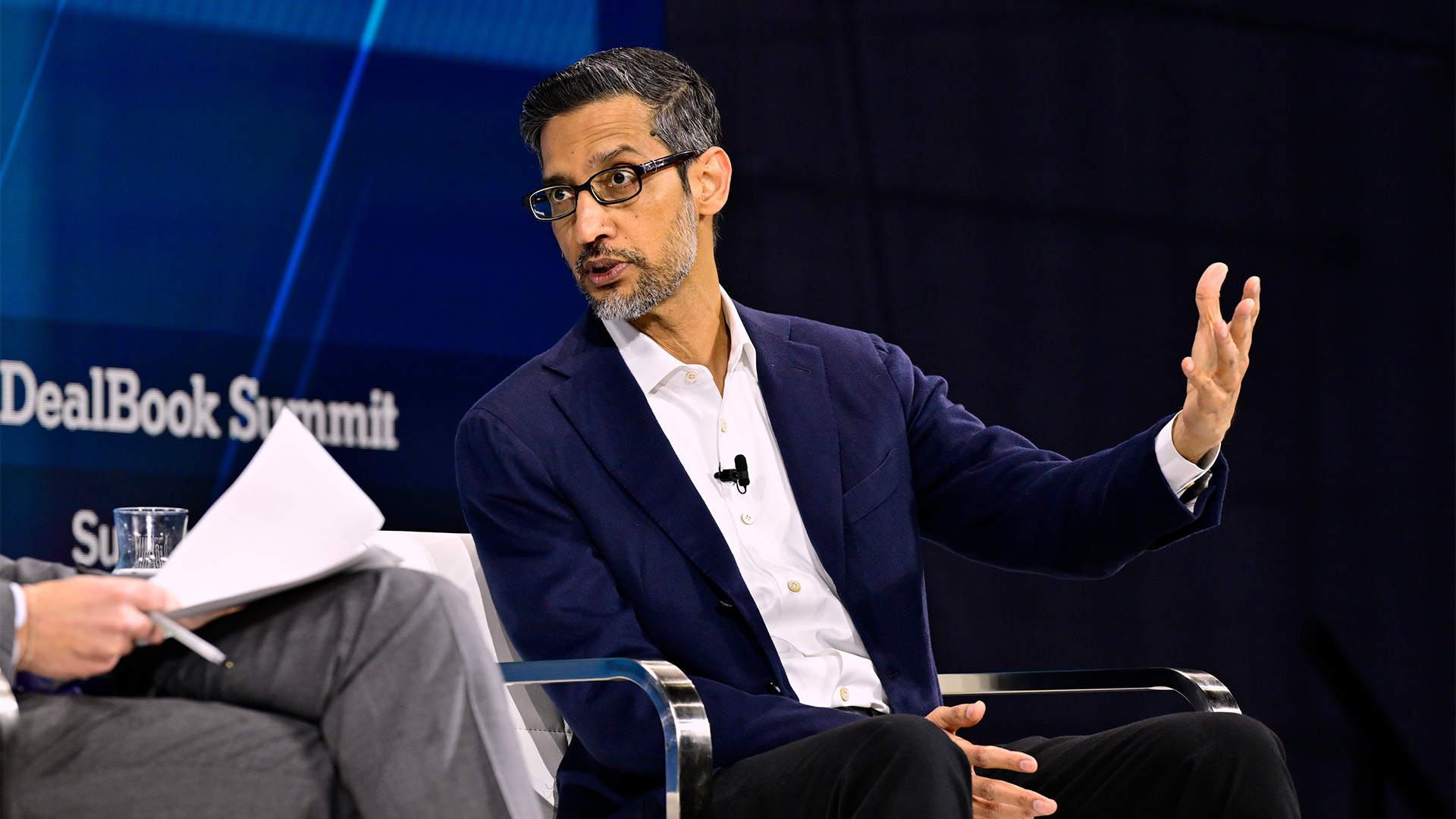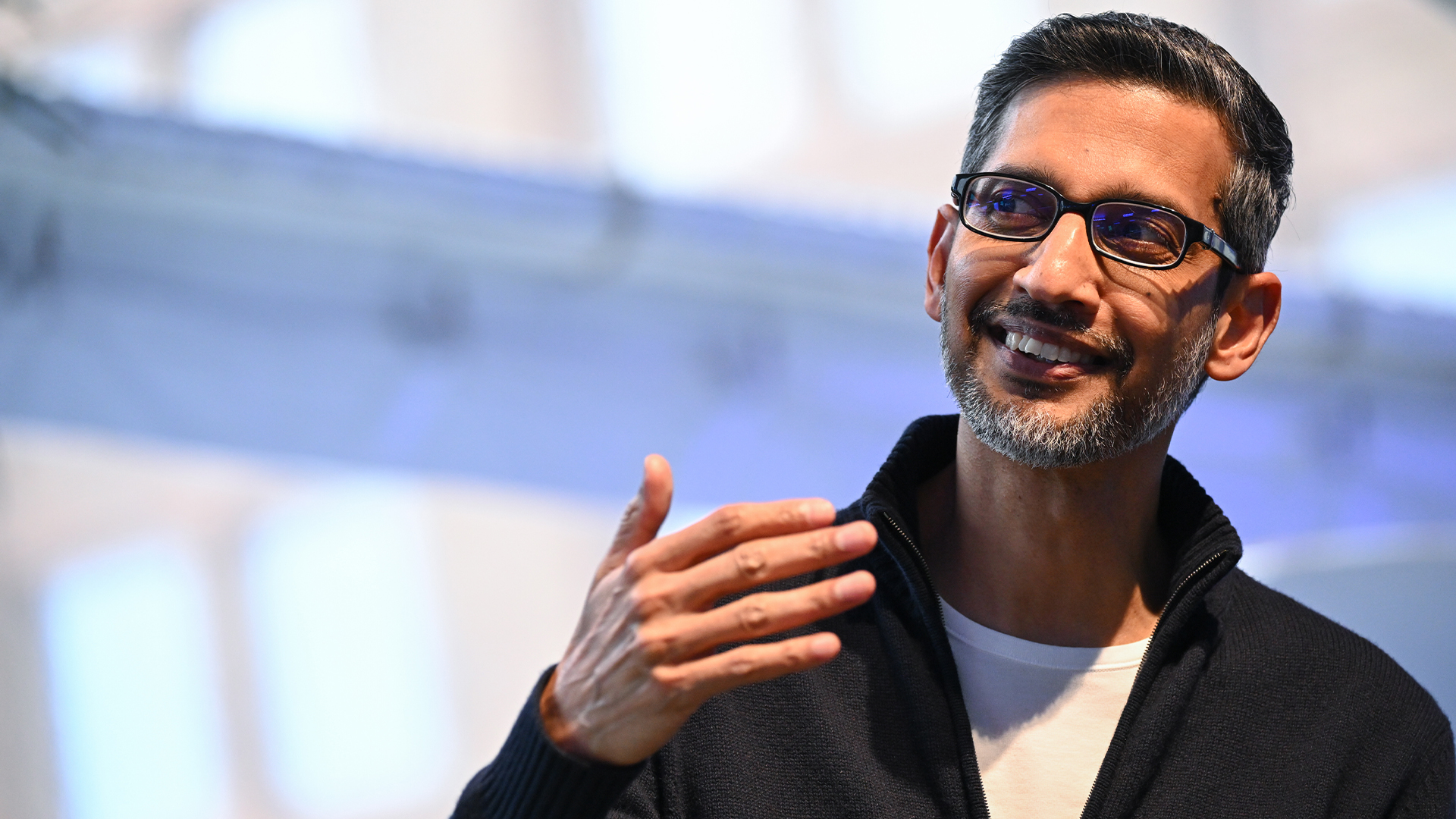Otter.ai thinks its new generative AI tools will give Microsoft, Google, and Zoom a run for their money
The new Otter.ai meeting assistant will give users access to a raft of AI features and tools to drive productivity


Otter.ai has unveiled a raft of new features it says will enable users to leverage generative AI across meetings, chats, and channels in a bid to drive productivity.
The ‘Meeting GenAI’ tool will offer three distinct new features for users. This includes the implementation of AI chat across all meetings, the introduction of collaborative AI-enabled channels, and updated AI conversation summary capabilities.
The first feature is perhaps the most foundational to the new offering, the company said.
Rather than just assessing and analyzing the data of one specific meeting, Otter’s AI chat will develop a comprehensive and constantly growing data set of an organization's entire history of conversations.
The remit of this tool will apply to conversations on other platforms as well.
There is value here for those who require a more detailed level of meeting-data from a longer period of time, such as those in the C-suite looking to extrapolate trends. Employees who’ve had to take time off would also benefit, according to the firm, enabling them to catch up on missed conversations and meetings.
Otter.ai targets competition with industry heavyweights
According to Otter.ai, the launch of these new capabilities positions the platform as a competitor to other industry leading brands in the productivity application space.
Sign up today and you will receive a free copy of our Future Focus 2025 report - the leading guidance on AI, cybersecurity and other IT challenges as per 700+ senior executives

So far, Microsoft Copilot, Zoom AI companion, and Google's Duet AI (now Gemini for Workspace) only offer siloed, single meeting AI capabilities, the firm said.
Otter even goes as far as to suggest that it’s new offering “slingshots past Microsoft Copilot to redefine AI meeting intelligence.”
Otter isn’t just looking to compete with Microsoft, though. The second key feature, AI-enabled channels, reportedly “goes beyond OpenAI’s ChatGPT single-user chat” by allowing for multi-user use.
This tool will focus on team productivity, combining meeting information with personnel communications. Users will be able to chat with Otter AI and with one another at the same time.
Further embedding Otter AI chat into a user’s workflow, this feature will make it easier and more efficient to generate AI responses that relate to specific teams and projects.
This feature is also apparently the “first ever collaborative AI chat” and the company is awaiting a patent to protect the idea.
RELATED WHITEPAPER

Finally, Otter is bolstering its AI-generated conversation summary through the addition of live action items. As part of this feature, key pieces of information in meetings are tracked and revealed to users in real time.
This can benefit those who need to steer meeting topics in certain directions, or those who are attending meetings in an audience capacity. In the event of staff confusion, it also negates the need for time-consuming post-meeting follow-ups.
“Team-focused Meeting GenAI represents a bold step forward in AI meeting intelligence,” said Sam Liang, co-founder and CEO of Otter.ai.
“These features transcend AI note-taking and is a new paradigm that will empower Otter to proactively join live human conversations and intelligently chat with multiple human participants in real-time meetings - providing relevant insights, generating content, and identifying next steps to move work forward.”

George Fitzmaurice is a former Staff Writer at ITPro and ChannelPro, with a particular interest in AI regulation, data legislation, and market development. After graduating from the University of Oxford with a degree in English Language and Literature, he undertook an internship at the New Statesman before starting at ITPro. Outside of the office, George is both an aspiring musician and an avid reader.
-
 Trump's AI executive order could leave US in a 'regulatory vacuum'
Trump's AI executive order could leave US in a 'regulatory vacuum'News Citing a "patchwork of 50 different regulatory regimes" and "ideological bias", President Trump wants rules to be set at a federal level
-
 TPUs: Google's home advantage
TPUs: Google's home advantageITPro Podcast How does TPU v7 stack up against Nvidia's latest chips – and can Google scale AI using only its own supply?
-
 Google DeepMind partners with UK government to boost AI research
Google DeepMind partners with UK government to boost AI researchNews The deal includes the development of a new AI research lab, as well as access to tools to improve government efficiency
-
 Microsoft quietly launches Fara-7B, a new 'agentic' small language model that lives on your PC — and it’s more powerful than GPT-4o
Microsoft quietly launches Fara-7B, a new 'agentic' small language model that lives on your PC — and it’s more powerful than GPT-4oNews The new Fara-7B model is designed to takeover your mouse and keyboard
-
 Microsoft is hell-bent on making Windows an ‘agentic OS’ – forgive me if I don’t want inescapable AI features shoehorned into every part of the operating system
Microsoft is hell-bent on making Windows an ‘agentic OS’ – forgive me if I don’t want inescapable AI features shoehorned into every part of the operating systemOpinion We don’t need an ‘agentic OS’ filled with pointless features, we need an operating system that works
-
 Google blows away competition with powerful new Gemini 3 model
Google blows away competition with powerful new Gemini 3 modelNews Gemini 3 is the hyperscaler’s most powerful model yet and state of the art on almost every AI benchmark going
-
 Microsoft's new Agent 365 platform is a one-stop shop for deploying, securing, and keeping tabs on AI agents
Microsoft's new Agent 365 platform is a one-stop shop for deploying, securing, and keeping tabs on AI agentsNews The new platform looks to shore up visibility and security for enterprises using AI agents
-
 Google CEO Sundar Pichai sounds worried about a looming AI bubble – ‘I think no company is going to be immune, including us’
Google CEO Sundar Pichai sounds worried about a looming AI bubble – ‘I think no company is going to be immune, including us’News Google CEO Sundar Pichai says an AI bubble bursting event would have global ramifications, but insists the company is in a good position to weather any storm.
-
 Some of the most popular open weight AI models show ‘profound susceptibility’ to jailbreak techniques
Some of the most popular open weight AI models show ‘profound susceptibility’ to jailbreak techniquesNews Open weight AI models from Meta, OpenAI, Google, and Mistral all showed serious flaws
-
 Sundar Pichai thinks commercially viable quantum computing is just 'a few years' away
Sundar Pichai thinks commercially viable quantum computing is just 'a few years' awayNews The Alphabet exec acknowledged that Google just missed beating OpenAI to model launches but emphasized the firm’s inherent AI capabilities